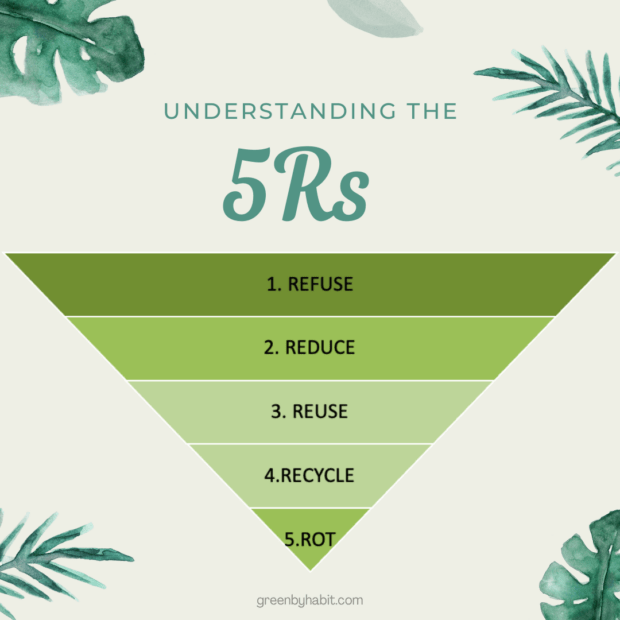Opinion
Building Green Habits: Where to start?
Sruthi Surendran
This article is more than 4 years old.

(photo: Pixabay)
Climate change is our reality – period! There is so much to do here at the system level, from changing energy systems to fostering a circular economy. But through this column, I would like to share with you some actions we can take at an individual or community level.
I am someone trying to learn and unlearn habits to embrace a more sustainable lifestyle. When I started to be more mindful of my daily habits, I was unsure where to start. I felt alone and that my actions were not making an impact on the big picture. Hence, I started a small passion project ‘Green by Habit’, through which I try to simplify sustainability principles and share my own learnings with anyone starting this journey.
So, let me welcome you on my own journey of embracing sustainability through ‘green habits’. Why ‘green habits’? Because I truly believe that the best way to fully embrace a change is through habits rather than difficult choices. If each of us focused on building greener habits, together we could create a more sustainable and organic impact.
So, where do we start?
I can very well understand that for someone starting this journey, it could be overwhelming with the ton of information around. But we don’t need to be perfect to start. Take one step at a time and choose one area to improve. That will involuntarily trigger a chain reaction, from which more sustainable choices can be made across different areas of your daily life.
One simple approach is to embrace the ‘5Rs’ as a habit. The ‘5Rs’ (as coined by Bea Johnson in the 2013 book ‘Zero Waste Home’) can be applied to all our consumer habits, so I am going to start here.
Understanding the 5Rs
Before you read the 5Rs list, remember: the more you go down the pyramid, the more energy and resources are used (except for rot). Try asking yourself: which R can be implemented in a specific case?
Refuse
This is the most powerful thing you can do to reduce your impact. Try saying ’NO’ to things you don’t really need. Do you really need that plastic straw or that one-time-use party decoration?
Reduce
If there is something you cannot completely say no to – then try to reduce it next time. This could concern eating habits, shopping habits, travelling habits etc. It could be reducing the number of driving days to work or meat days in a week.
Reuse
This is one of the easiest but most effective ways to do your bit, but sometimes forgotten in this new, fast-paced, single-use culture around us. Do you really need a new dress for this party, or can you reuse an older one that is still good? Can you fix that phone instead of buying a new one?
Recycle
Thanks to recycling, we have a solution to most of the bottles and cans the world is throwing at us every single day. Make sure you develop a small system at home, or a habit outside, to properly sort and deliver the recyclables.
Rot
Rot refers to composting the organic waste. In many municipalities, they collect the biowaste separately. If you have to mix your biowaste with residual waste, explore opportunities for composting it back at home into nutrient-rich fertiliser.
My two additional Rs
To fully embrace the 5Rs, I use the help of two additional Rs
Research
Actively seek out information and knowledge about what you can do alternatively. There is so much information out there, as well as small businesses that want you to join their customer base and revolution.
Relearn
Habits are so hard-wired in our brains that it is sometimes not so easy to change. We have to unlearn to relearn. Challenge yourself!
Remember that every bit counts and our habits can influence the choices of the people around us. I will deep-dive into some of these topics in future columns. Meanwhile, you can find short videos and fun reels discussing these topics in detail on the Instagram handle @greenbyhabit.

About
Sruthi Surendran
Sruthi, from India, moved to Denmark in 2014 to pursue a career within green energy technologies (biofuels, waste treatment, offshore wind). Through her passion project greenbyhabit.com, she supports others keen to embrace greener habits. Follow her on the Instagram handle @greenbyhabit, where she shares her sustainability journey and breaks down these topics in a more fun and simplified format











































